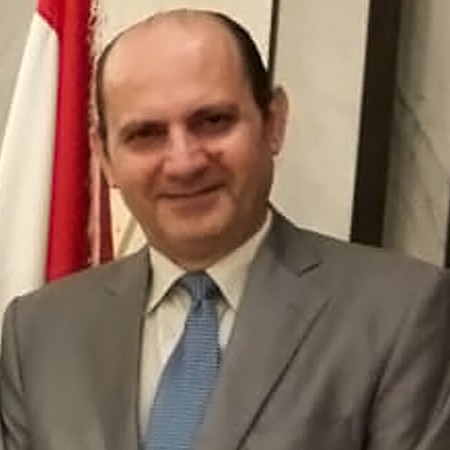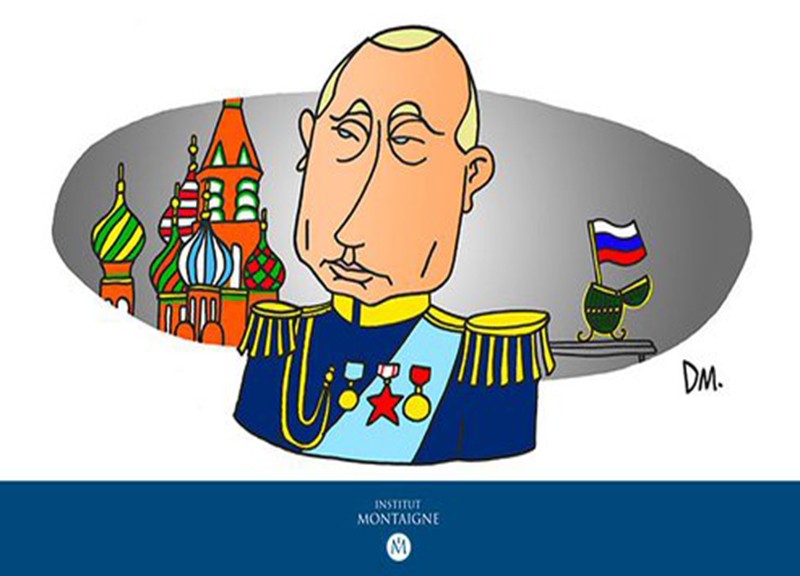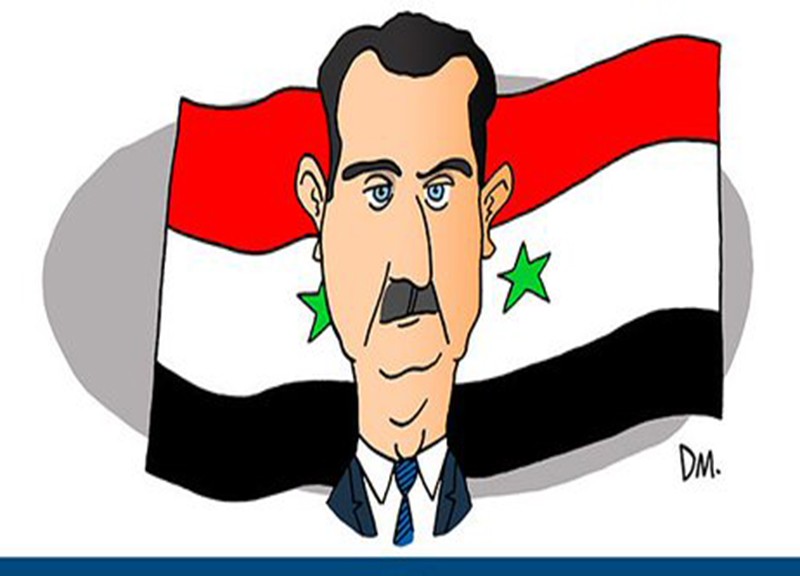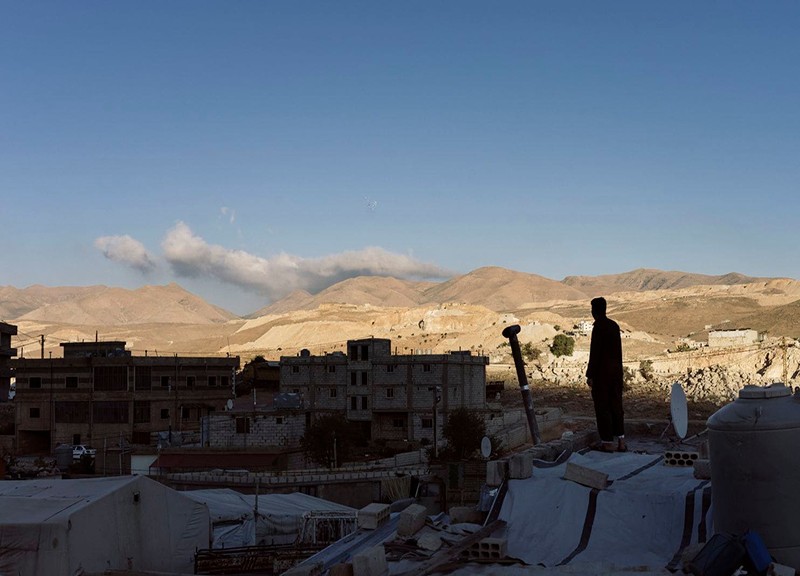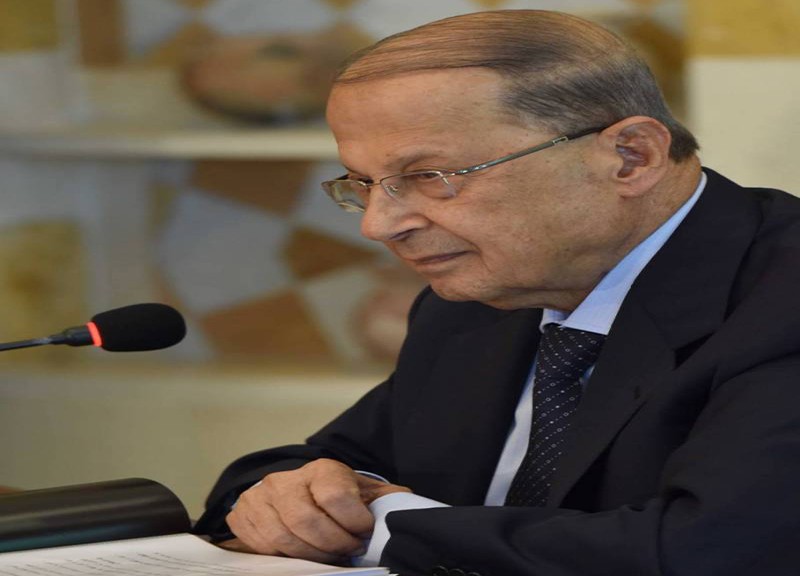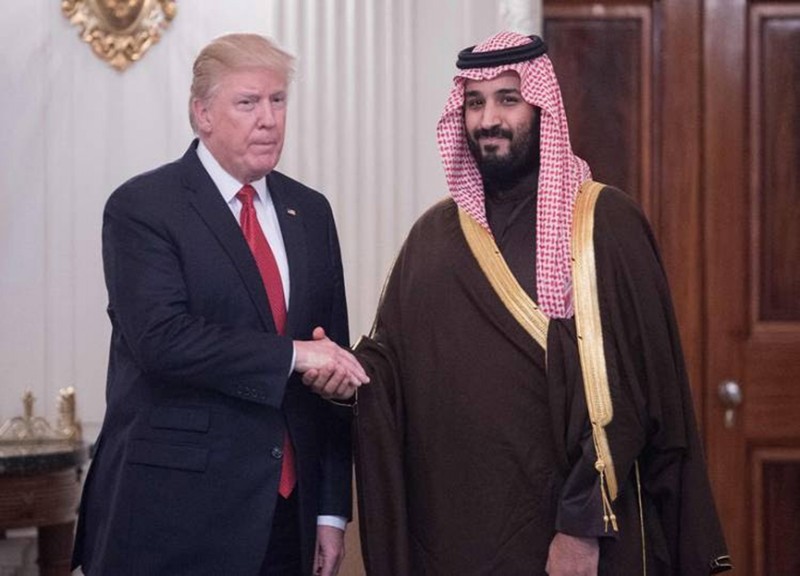
The military is conducting more airstrikes and killing more people, but that hasn’t stopped the pipeline of supplies that is bolstering Hezbollah in Lebanon
By Carrie Keller-Lynn and Rory Jones. WSJ
Israel has expanded its air campaign against enemy targets in Syria since the start of the war in Gaza, stepping up a pounding that has killed a number of militants and blown up supplies of fuel and arms.
The steady attacks, however, haven’t thwarted the buildup of Hezbollah into a major military force on Israel’s border with Lebanon, showing how Iran continues to use the weak states between it and Israel as a pipeline to build a potent threat that risks triggering a wider war.
Recently, Israel said it killed a senior Palestinian Islamic Jihad operative and other Iranbacked militants in a strike near the Syrian-Lebanese border. The attack was one of more than 180 in Syria attributed to Israel since October, an uptick compared with recent years, according to Armed Conflict Location & Event Data, a nonprofit, and Tel Aviv-based think tank the Institute for National Security Studies.
The strike was part of a more aggressive pattern of attacks in which Israel has been more willing to kill operatives, while aiming to disrupt supply lines.
“Israel’s stepping up of its attacks on Iran-backed proxies in Syria like Hezbollah and the Islamic Jihad is a response to those groups’ forming an increased threat,” said Lina Khatib, an associate fellow at London’s Chatham House.
Israel said the Islamic Jihad operative was responsible for the group’s military capabilities in Lebanon and Syria, and was working to mount attacks against Israel with Hezbollah, which confirmed the strike.
Israel began a campaign of airstrikes in Syria about a decade ago, as the civil war in the Arab country left a security vacuum that was filled by Iran and its allied militias, which backed Syrian President Bashar al-Assad. For a half-decade beginning in 2017, Israel launched more than 400 airstrikes to limit the entrenchment of Iran and its allies in Syria, an acceleration of a decadelong strategy that became known as the “war between the wars.”
To limit the fallout of any particular airstrike, Israel avoided publicly admitting responsibility, and largely tried to avoid killing Hezbollah operatives, instead focusing on shipments of weapons or the buildup of military infrastructure or arms production, said former Israeli officials. The Syrian regime, weakened by the country’s civil war, didn’t respond militarily, and both it and Iran played down the efficacy of the Israeli air campaign.
The rules of engagement changed on Oct. 7, however, when Hamas and its smaller partner, Islamic Jihad, launched an attack on Israel that sparked the war in Gaza, and Hezbollah began firing projectiles at Israel in support of the Palestinians.
Iran and Hezbollah didn’t join Hamas in a full-blown conflict with Israel but accelerated planning for one, using Syria as a transit point for weapons.
“Over the past decade, the rules of the game were that Israel is permitted to attack these shipments in Syria as long as it doesn’t kill Hezbollah operatives,” said Daniel Sobelman, an Israel-based research fellow with the Middle East Initiative at Harvard Kennedy School. “What has changed is that Israel has been attacking those shipments and killing Hezbollah operatives.”
The aggressive new posture, confirmed by former Israeli officials, has at times threatened to broaden the conflict. In April, a strike on a gathering of Iranian military leaders at a diplomatic building in Damascus, attributed to Israel, killed Gen. Mohammad Reza Zahedi, who, according to Iranian state media and U.S. officials, managed Iranian paramilitary operations in Syria and Lebanon.
Tehran responded nearly two weeks later by launching more than 300 missiles and drones in a rare direct attack on Israeli soil—a bigger response than Israeli officials had expected. Israel fended off the assault with the help of a U.S.led coalition and later launched its own limited response in Iran but hasn’t repeated an attack of that magnitude.
“Israel is thinking twice about repeating the same target killing of senior officers,” said Carmit Valensi, a research fellow at the Institute for National Security Studies. “But the war between the wars continues.”
The effectiveness of Israel’s campaign in Syria is mixed, according to former Israeli officials and military experts. The strikes have deterred Syria from joining in the attacks against Israel that Iran-linked groups including Hezbollah and Yemen’s Houthis have launched, said Ronen Solomon, an independent Israeli intelligence analyst.
Syria’s Assad, still engaged in fighting Kurdish opposition and Islamic State, hasn’t joined his allies in launching attacks on Israel during the Gaza war.
While Israel’s campaign has slowed the flow of arms to Hezbollah, enough weaponry has reached them that any fullscale war could be devastating for Israel. Hezbollah is widely considered the world’s largest and best-armed militant group, with what analysts estimate to be about 150,000 powerful missiles and rockets that can target the whole of Israel.
Former Israeli officials and regional analysts say that Israel’s tactical efforts don’t amount to a strategy sufficient to end Hezbollah’s supply lines or Iran’s presence in Syria, both more urgent concerns given Israel’s war in Gaza and conflict with Hezbollah.
We are not in a campaign between the war. And the modus operandi in Syria still belongs to the campaign between the war,” said Amos Yadlin, a former head of Israeli military intelligence and president of MIND Israel, a national-security consulting firm.
Some current and former security officials think Israel must decide whether to expand its operations in Syria if it is to effectively diminish Hezbollah’s ability to build up and resupply its armaments.




